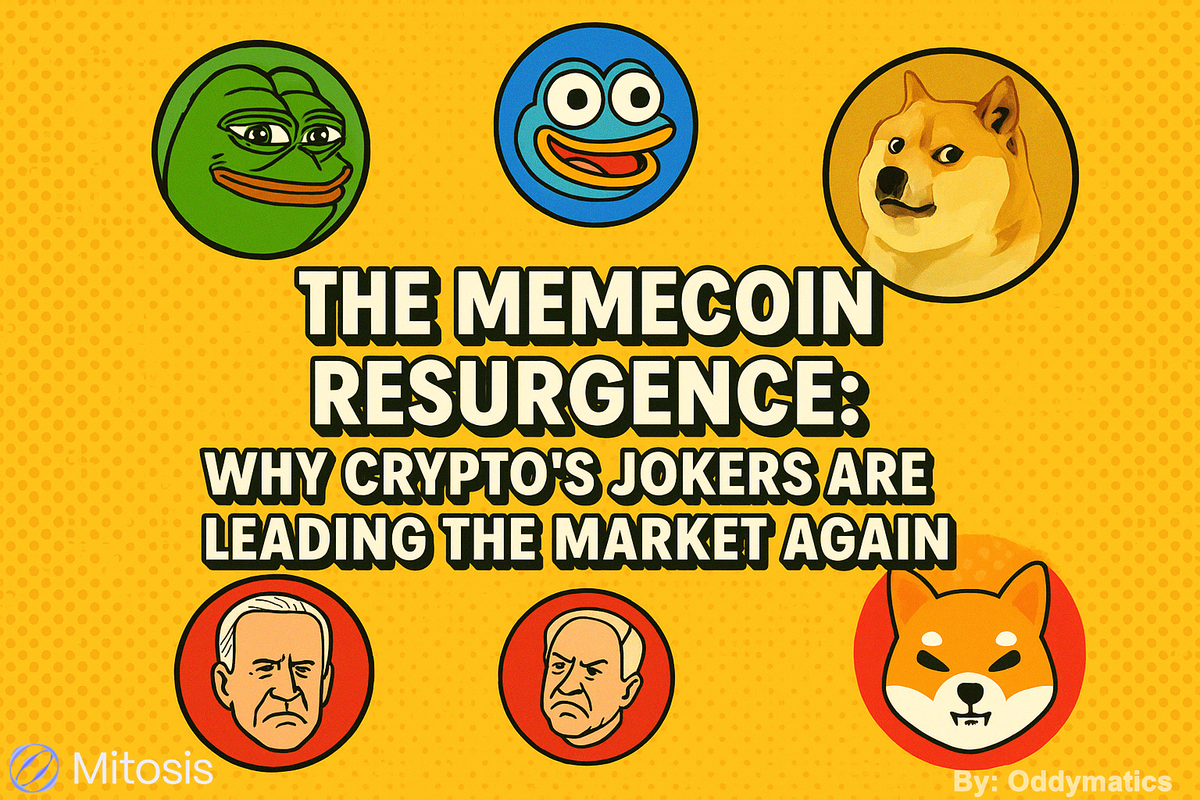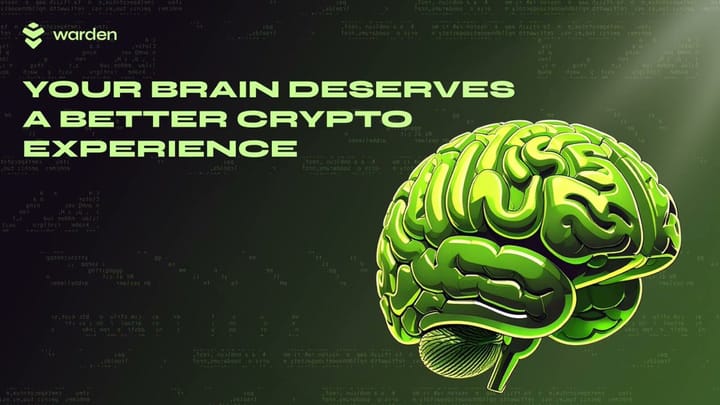The Memecoin Resurgence: Why Crypto’s Jokers Are Leading the Market Again

In the ever-unpredictable world of crypto, the unexpected is often the norm. But even by crypto standards, the recent comeback of memecoins has turned heads and rattled market assumptions. Coins like Pepeto, Jeo Boden, and a host of bizarrely named tokens are not only trending, they’re outperforming serious Layer 1s and DeFi protocols in terms of growth and community activity.
So what’s behind this sudden resurgence of what many dismiss as “joke coins”? Let’s dig into the meme-fueled madness reshaping the market, one laugh at a time.
1. Pepeto and the New Wave: More Than Just a Joke
The rise of Pepeto, a playful yet strangely powerful memecoin inspired by the internet's chaotic humor, is emblematic of a broader movement. While traditional memecoins like Dogecoin and Shiba Inu once dominated headlines, this new wave brings a sharper edge, satirizing politics, pop culture, and even the crypto industry itself.
What's different this time?
- Smarter marketing: These coins leverage viral formats like TikTok trends, X threads, and Discord meme storms.
- On-chain culture: Communities are not just memeing, they’re building tools, NFT collections, and DAOs around these coins.
- Liquidity incentives: Some of these tokens come with aggressive airdrops, staking programs, and LP rewards to attract DeFi users.
Pepeto, for example, soared over 700% in just a week, driven almost entirely by social momentum and a few high-profile influencer tweets. This new generation isn't riding on Elon Musk’s nods, they’re cultivating their own cult status.
2. Beyond Laughs: How Internet Culture and Community Drive Real Value
Memecoins may appear as chaotic gimmicks to outsiders, but they tap into something deeper: digital tribalism. In an online world flooded with financial products and protocols, memecoins offer what others don’t, identity, belonging, and fun.
Here’s why they resonate:
- Relatable branding: While serious projects talk about scalability and zk-rollups, memecoins say, “Let’s get rich or rug trying.”
- Low barrier to entry: With cheap tokens, users feel early, part of a movement rather than a late investor.
- Interactive communities: Memecoin holders often become content creators, meme artists, and Twitter warriors for their coin.
This cultural layer makes memecoins more than speculative assets; they become social currencies. And in crypto, social capital often translates to real capital.
3. FOMO vs. Fundamentals: The Risks of Chasing the Hype
Of course, with all the excitement comes significant risk. Memecoins are notoriously volatile, often created and pumped by anonymous teams. Many fade as quickly as they rise.
Here are some red flags and risks investors should watch for:
- No utility or roadmap: Many memecoins lack long-term vision or any use beyond speculation.
- Whale-controlled liquidity: Early buyers often control massive supplies and can tank prices.
- Rugpull potential: Anonymous developers and unlocked contracts can lead to swift exits.
While some memecoins build sustainable communities, the vast majority are fleeting internet moments, high-risk bets rather than sound investments.
Final Thoughts: Should You Ride the Meme Wave?
Memecoins are back, and louder than ever. Whether they’re the comic relief of the crypto market or a reflection of internet-native finance, they continue to blur the lines between entertainment, community, and investment.
For seasoned traders, they’re a quick way to ride volatility. For newcomers, they offer entry into a vibrant and weird corner of Web3. But either way, memecoins remind us of a simple truth in crypto:
Sometimes the memes understand the market better than the metrics.



Comments ()